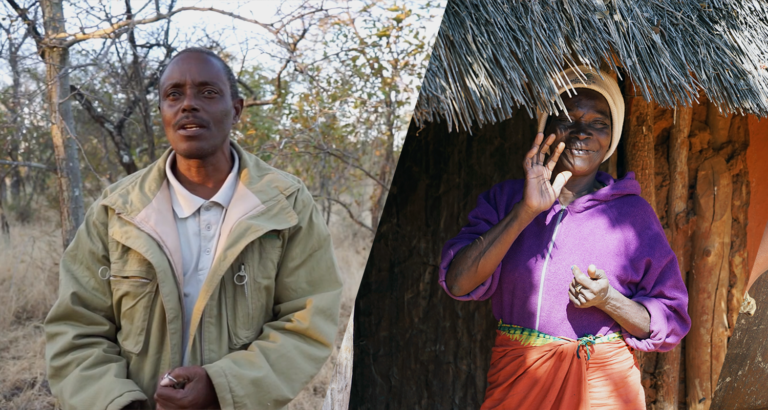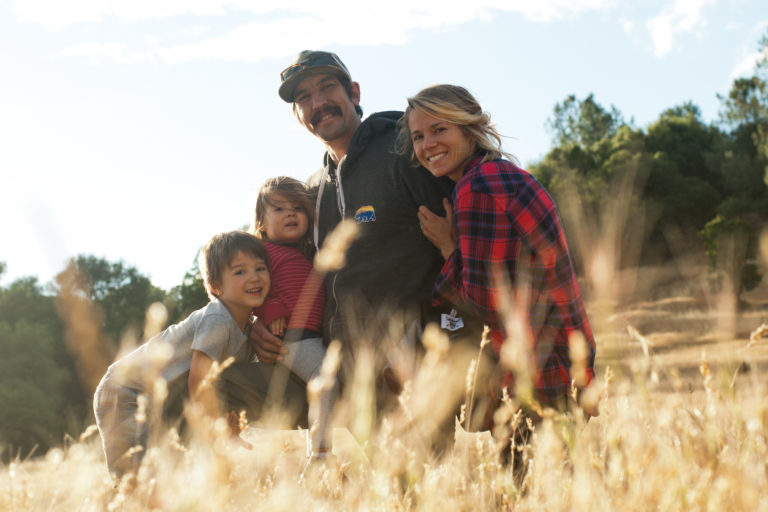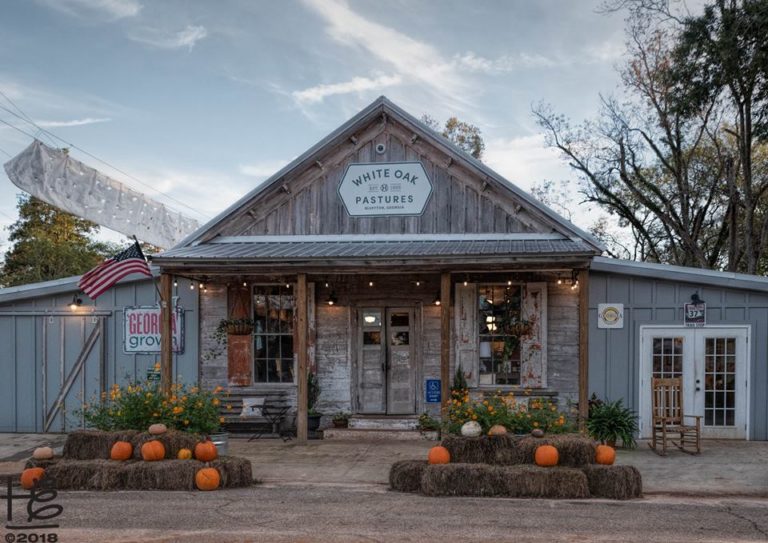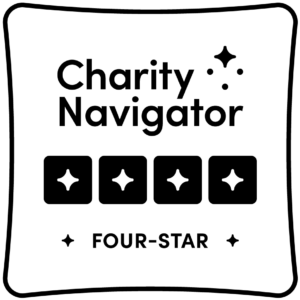By Cynthia A. Daley, Ph.D.
Sweet Grass Organics
The Holistic Management (HM) model can be applied to any type of operation, agricultural and otherwise. I have found it to be an invaluable tool for my pasture-based dairy and custom grazing business. My farm (for my Midwest friends)/ranch is located in the rolling oak foothills of the Sierra Mountains in Northern California. It’s primarily native rangeland that had been set-stock grazed for many generations. In addition, there are areas on the ranch that have been dry land farmed. Clearly extractive forms of agriculture have left its mark on this particular piece of ground. Never the less, it’s home to a native deer herd, wild turkey, quail, raptors, 16 + different species of birds, coyotes, and an occasional mountain lion and brown bear. Wyandotte creek is a seasonal stream that transverses the entire property, blessing us with water during the winter and typically short spring months.

My “whole” that I manage includes all the above, along with a handful of employees. I typically hire two interns and a few milkers/irrigators to help me operate the business along with my daughter-in-law who is in charge of marketing and sales. My holistic context, i.e., vision for the future, is to produce high quality grass-fed meat and dairy products in a way that regenerates the landscape. I also have bills to pay, so the entire process has to be a profit center without being extractive. Personally I take great pleasure in farming, it’s my DNA. I’d like to know that in the process of making healthy food for our growing population, I’m also being a good steward of the land.
I would describe a truly well managed dairy operation to be a program that optimizes water and nutrient cycles, improves energy flow; and builds community dynamics, while providing wholesome food and a profitable income. That’s my goal.
My log – jams (or weak links) are water, soil quality, and on-farm feed production. Most of my efforts have been focused on these three things. Naturally, holistic planned grazing has been an excellent tool that was implemented for all aspects of the ranch. I’ve added two livestock wells in areas where water was a limitation, allowing better utilization of the rangeland throughout the winter grazing season. I have to say, the deer have benefitted as much as the cows from this investment.
I am also testing a number tools in small plots to better understand the marginal return on investment. These practices include key line sub-soiling, aeration, compost applications, fish bio-stimulants, and essential microorganisms. Each of these tools have their pros and cons, but an actual return on investment is still in the discovery stages. My monitoring program is designed to reveal their true benefits.
My dairy herd is small and consists of 50 crossbred New Zealand Jerseys that are grazed on irrigated pastures throughout the summer and native range in the winter and spring. Another barrier to profitability is cow numbers. I have overhead costs that would benefit with more “units” of production, but my feed-base won’t allow it at this point. On-farm feed production is another log-jam that I am working on by developing a second well for expanded irrigation for pasture production. By next year, my productivity should double, and my cowherd can expand.

What I like most about the HM model is that it helps me make these kinds of land management/business related decisions in a meaningful way that will take my operation in the direction I want it to go. That’s the beauty of it. Any decision that I make has to fit the holistic context for my operation, or it can’t be considered. This way I’m not distracted by noise and can stay focused on the target, i.e., my vision for a perfect future.
By using the decision analysis, it was apparent that developing additional irrigated pasture was a sound financial decision that addressed a “log-jam”, in this case, the need for more on-farm feed production. In addition, and most importantly, it brings me closer to my holistic context. Finally, I have to say, seeing that pasture come into production is really quite satisfying, I love to watch my cows eat. There is something “primal” in that activity that just makes me feel good.

As I mentioned, monitoring these decisions is essential. Projecting potential returns on investment always looks different in hind site. When you do this at home, please don’t be tempted to skew the numbers just to make yourself feel better about your choices. Looking at the hard economic reality is the lesson to be learned and can set you on the course for true economic sustainability simply by knowing what doesn’t work!! Failing unfortunately is part of the process.
I’ll end with one of my favorite quotes:
“If you continue to do what you’ve always done, you’ll continue to get what you’ve always got!!” – Henry Ford

